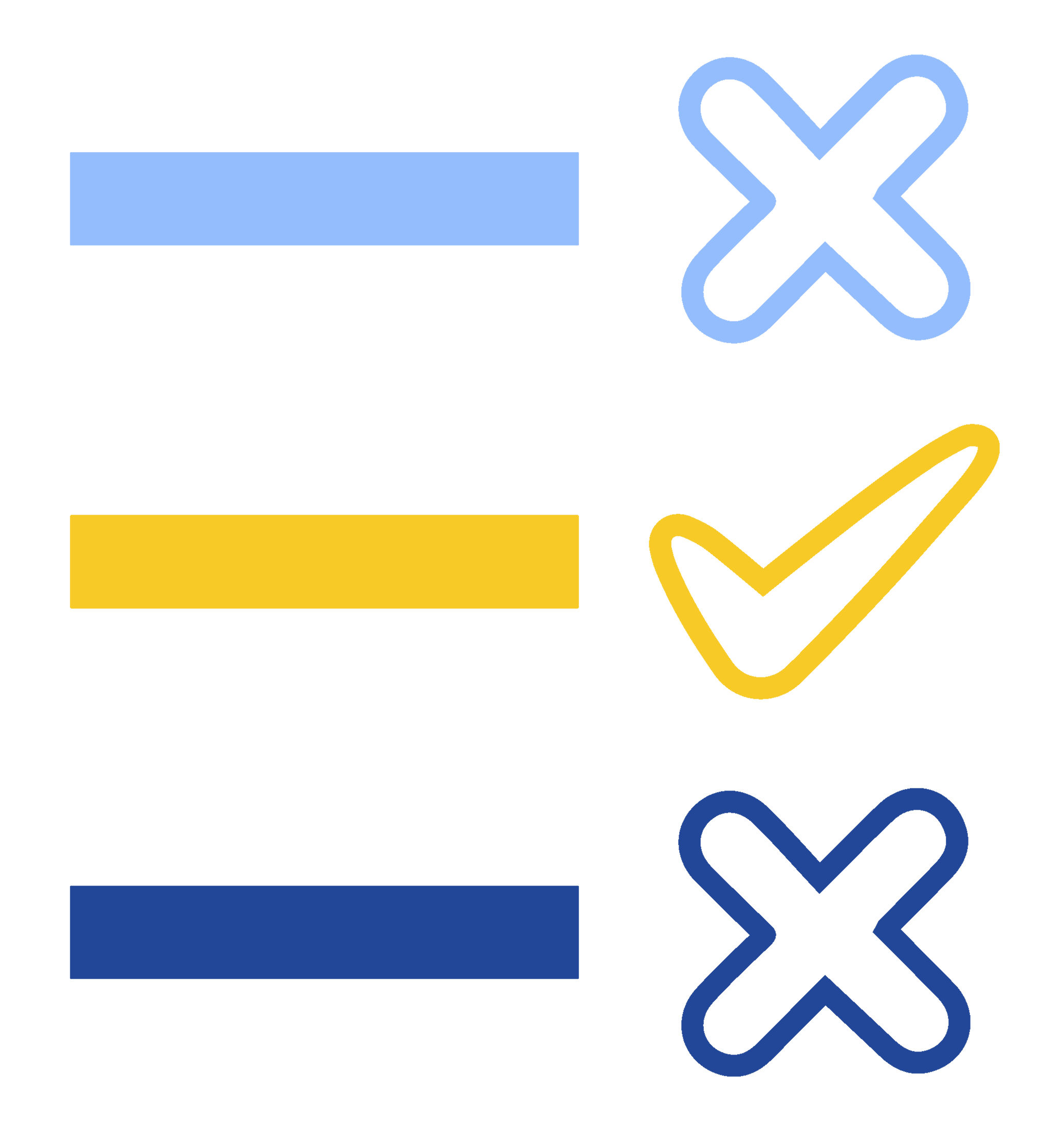
EK12 RESEARCH & ANALYSIS
We partner with districts, community leaders, and philanthropy to utilize the latest school and student data in support of evidence-based research that addresses real challenges, leading to continuous improvement in educational services.

EK12 Research Briefs & Reports
Announcing DC's 2024 Bold Performance Schools! These 12 incredible schools are proving what's possible, with proficiency rates 13.5 points higher than schools serving similar students. Learn about how these bold educators are leading the way!
DC students' winter 23-24 test scores on nationally normed assessments show signs of learning acceleration in math and reading, achieving more than typical year's worth of growth on average. However, there are still large performance gaps compared to pre-COVID norms. K-2 students are on pace to return to pre-pandemic literacy achievement levels by this time next year.
As part of the evolving DC Math Hub initiative, EmpowerK12 drafted and released a report, Problem Solving Math Education in the District: Strategies for a Brighter Math Future 2024, which includes valuable insights from instructional leadership teams and leading educators at public schools in the District of Columbia who have shown success in math growth for students.
Bold Performance Schools are the DC schools that boldly support priority students — students designated as at-risk, students with disabilities, and students of color — to reach academic success. This report digs into five key strategies that Bold Performance school leadership teams identified to achieve their success.
This brief is a continuation of EmpowerK12’s ongoing research into DC students’ academic recovery and progress post-pandemic. Our prior reporting from 2021-22 showed staggering drops in literacy and numeracy skills in early grades due to COVID.
This year’s Bold Performance Schools have 2022 PARCC proficiency rates that were an average of 9.1 percentage points better than other Bold-eligible schools, and their 2022 PARCC 4+ proficiency rates were 2.6 percentage points better than the pre-pandemic average for schools serving similar demographics.
EK12 partnered with DC charter school networks, local school-based mental health experts from schools, and the Center for Health and Health Care in Schools at GW to learn how DC students and educators feel about and experience life and school during the pandemic. This update provides results from spring 2022 ThriveK12 wellbeing survey results.
During the pandemic’s virtual 2020-21 school year in DC, EK12 expanded our Teach Bold networks (formerly called Educator Improvement Science Networks) to help support educators navigating the distance learning process and trying to improve outcomes for students with disabilities in these challenging times. This report provides an overview of improvement science, our approach to helping teachers turn data into action, and lessons learned from Teach Bold teachers during the first quarter of distance learning.
In mid-March 2020, when we understood less about how the pandemic would last, EK12 set out to estimate the possible impact of the pandemic and abrupt transition to distance learning on student achievement. This brief summarizes research on school interruptions and our estimation methodology.
We analyzed the new DC School Report Card and found 13 schools serving high proportions of priority students where academic growth exceeds growth among non-at-risk students without disabilities at DC’s lowest poverty schools. These schools were on pace to close the achievement gap in 5 years. We met with each school’s leaders and teachers, and our team identified three commitments all of the schools make in order to move the growth needle forward for all students.
We analyzed school-level student growth data from 2015-16 and 2016-17 to identify the top ten high-poverty, rapidly improving schools in the District of Columbia based on their scores against a “growth Index.” Our analysis finds that 10 of the District’s public schools serve a high percentage of at-risk students and achieve some of the most significant academic growth in the city. We call these schools “Bold Growth Schools” and uncovered common practices capable of being scaled across the District.












